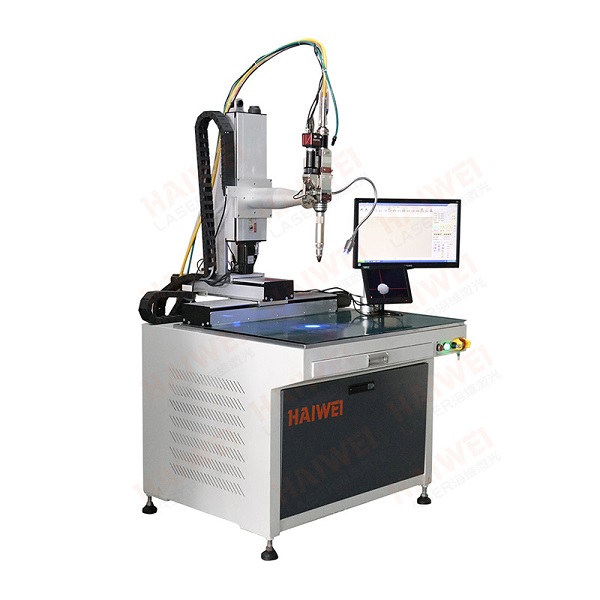How to Solve Welding Slag Issues in Laser Welding Machines
One of the common concerns when using a laser welding machine is the appearance of welding slag, especially in applications involving high-power welding or materials with impurities. While laser welding is known for its precision and minimal spatter, under certain conditions, small amounts of slag can still form. Understanding the root causes and implementing targeted solutions can help maintain clean, high-quality welds.

1. Optimize Laser Parameters
Improper power settings or welding speed can lead to unstable keyhole formation, which increases the likelihood of slag generation. Reducing power slightly or adjusting the focus position may help stabilize the weld pool and reduce residue.
Recommended Actions:
Use lower pulse energy for thin materials.
Fine-tune defocus to improve weld pool control.
2. Improve Material Cleanliness
Contaminants such as oil, dust, or oxidation on the workpiece surface are major contributors to welding slag. These impurities vaporize during welding and re-solidify as slag around the weld zone.
Best Practices:
Implement pre-weld cleaning steps (e.g., solvent wiping or laser cleaning).
Store materials in dry, controlled environments.
3. Control Shielding Gas Usage
Shielding gas plays a vital role in preventing oxidation and reducing spatter. However, incorrect gas flow rates or poor nozzle positioning can cause turbulence, leading to incomplete protection and slag buildup.
Key Tips:
Maintain gas purity at 99.999% or higher.
Keep nozzles clean and adjust gas flow between 15–25 L/min.
4. Upgrade Beam Quality and Delivery System
Higher beam quality ensures more stable weld pools and reduces defects such as porosity and slag. Modern laser welding machines using fiber lasers offer superior beam stability compared to older systems, contributing to cleaner welds.
5. Perform Regular Equipment Maintenance
Over time, misalignment of optics or wear in the cutting head can affect beam delivery, indirectly increasing the chance of welding slag. Scheduled maintenance helps ensure consistent performance.
While laser welding machines are not completely immune to welding slag, optimizing parameters, improving material preparation, and maintaining equipment properly can significantly reduce its occurrence. Buyers should consider models with high beam quality, precise parameter control, and easy maintenance features to achieve cleaner, more efficient welds.
Recent Posts
- What are the advantages of laser welding machines in lithium battery pack production lines?
- What issues should be noted when choosing a lithium battery pack production line?
- Quality Inspection and Control of Lithium Battery Module Pack Production Line
- Cell grouping and sorting process in lithium battery module pack production line
- What are the safety hazards of lithium battery pack production lines and how can they be prevented?
INQUIRY

